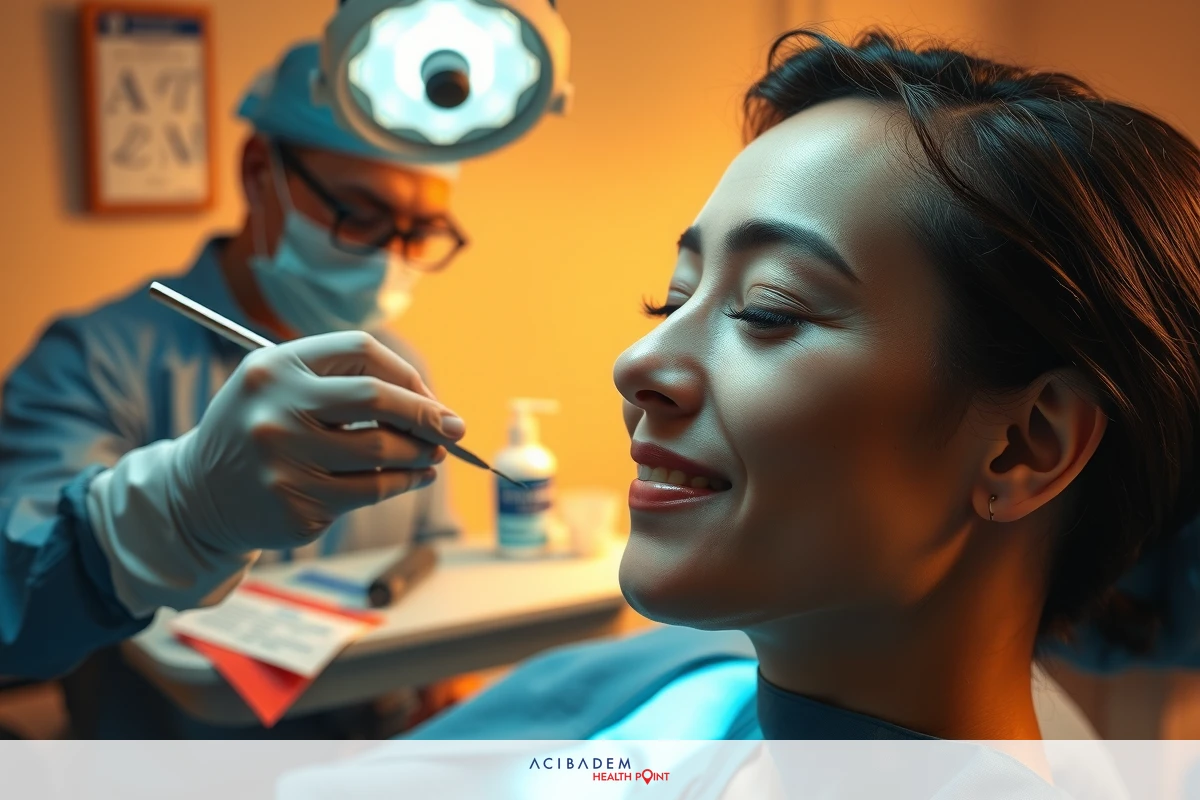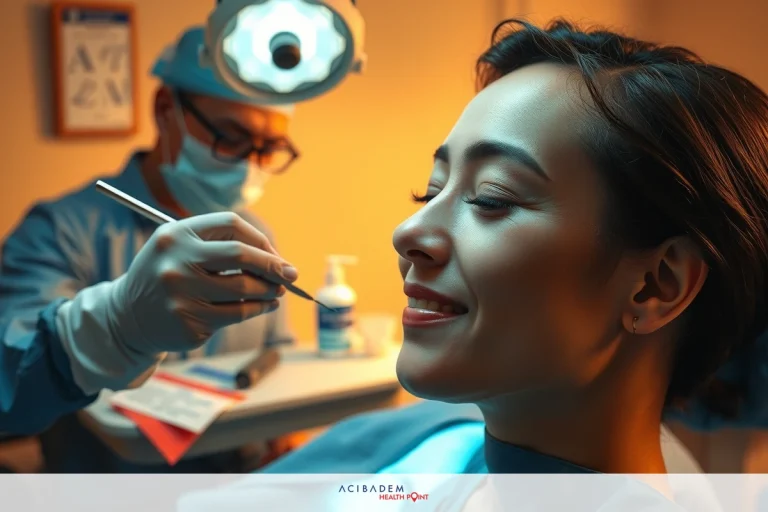What is Scar Tissue After Rhinoplasty
What is Scar Tissue After Rhinoplasty Rhinoplasty, or nose reshaping, is a popular type of cosmetic surgery. But like any surgical intervention, it can lead to the formation of scar tissue. This scar tissue is a normal part of the healing process, but its development varies greatly among individuals. Factors such as genetics, age, skin type, and the specific surgical techniques used can all influence how much scar tissue forms and its impact on your final results.
Understanding the causes and effects of scar tissue after rhinoplasty can help you better prepare for surgery and manage your recovery. There are also methods available to minimize the appearance and discomfort caused by scar tissue postsurgery. By being informed about these aspects, you can further enhance your recovery and enjoy your new look with confidence.
Causes of Scar Tissue Formation
Scar tissue formation is a natural response to any type of surgical intervention, including rhinoplasty. When the body undergoes nose surgery, it responds to the trauma by producing collagen fibers to heal the area. This is a normal part of the wound healing process which leads to the formation of scar tissue.
The extent and visibility of scar tissue after a rhinoplasty can be influenced by several factors. One significant factor is the individual’s genetics. Some people naturally produce more collagen than others, leading to thicker and more noticeable scar tissue. Age also plays a role in scar tissue formation; younger individuals tend to produce more collagen, hence they may experience more pronounced scar tissue development.
The type of rhinoplasty performed can also affect scar tissue formation. Open rhinoplasty, where an incision is made across the columella (the strip of skin between the nostrils), may lead to more visible scarring compared to closed rhinoplasty, which involves incisions inside the nostrils. However, skilled surgeons can minimize this risk and ensure a more aesthetically pleasing result.
Another important factor is post-operative care. Proper wound care after rhinoplasty, such as cleaning and dressing changes, can minimize infection risks and promote better healing, reducing the likelihood of excessive scar tissue formation. Additionally, lifestyle choices like smoking can impair healing and increase scar tissue.
Lastly, individual skin characteristics can affect the development of scar tissue after rhinoplasty. For example, darker skin tones are often more prone to hyperpigmentation and keloid scars – raised scars that grow beyond the original wound boundaries. Understanding these causes can help patients take steps to manage their recovery effectively post-rhinoplasty.
Effects of Scar Tissue on Healing
While scar tissue is a normal part of the healing process following rhinoplasty, it can sometimes impact the final aesthetic outcome. This mainly depends on how much scar tissue forms and where it’s located. For example, scar tissue forming around the nasal tip can affect the shape, causing it to appear more rounded or bulbous than intended. Similarly, excessive scar tissue inside the nostrils can lead to blockages, affecting breathing and comfort.
Scar tissue can also influence the timeline of healing post-rhinoplasty. In the immediate aftermath of surgery, the nose will often be swollen due to inflammation, which is part of the body’s natural response to injury. However, as this swelling subsides, scar tissue begins to form and settle. This process can take several months to complete. Therefore, it’s important for patients to understand that their nose’s shape and appearance will continue to change during this time as the scar tissue matures and contracts.
Managing Scar Tissue After Rhinoplasty

Dealing with scar tissue after rhinoplasty involves a combination of preventative measures, good post-operative care, and potential treatments to minimize its appearance. The goal is to ensure the best possible aesthetic outcome and avoid any discomfort or complications that excessive scar tissue might cause.
Here are some strategies and treatments that can aid in managing scar tissue after nose surgery:
- Good Post-Operative Care: Proper wound care and following your surgeon’s post-operative instructions can go a long way in preventing excessive scar tissue formation. This includes keeping the surgical site clean, avoiding activities that put pressure on the nose, and refraining from smoking.
- Massage: After the initial healing phase, gentle massage can be beneficial for breaking down scar tissue and preventing it from becoming too hard or thick. Always consult your surgeon before starting any self-care techniques like massage.
- Silicone Sheets or Gels: Topical silicone products have been shown to reduce the thickness and prominence of scars. They work by hydrating the skin and reducing collagen production.
- Steroid Injections: In cases where excessive scar tissue has formed, steroid injections can help reduce inflammation and slow down further collagen production. These injections need to be administered by a healthcare professional.
- Revision Surgery: In rare cases where scar tissue significantly impacts the nose’s appearance or function, revision surgery may be considered as a last resort. This procedure involves removing excess scar tissue to improve the aesthetics and functionality of the nose.
By exploring these options and maintaining open communication with your surgeon, you can effectively manage scar tissue after rhinoplasty and ensure a smooth recovery process.
Frequently Asked Questions
Scar tissue begins to form immediately after rhinoplasty surgery. However, it takes time for the scar tissue to fully develop and mature. It typically takes several months for the scar tissue to settle and undergo changes, with the final appearance becoming more apparent within 6 to 12 months.
Yes, scar tissue can influence the final aesthetic outcome of your rhinoplasty. The extent and location of scar tissue can impact the shape and appearance of your nose. Excessive scar tissue around the nasal tip, for example, may alter its contour. However, with skilled surgical techniques and proper post-operative care, the impact of scar tissue on the final result can be minimized.
While scar tissue formation is a natural part of healing, there are steps you can take to minimize excessive scarring. Following your surgeon's post- operative instructions carefully, avoiding smoking or exposure to secondhand smoke, and practicing good wound care are important preventative measures. Additionally, certain treatments such as silicone sheets or gels may help reduce the prominence of scars.
In some cases, scar tissue can impact nasal breathing after rhinoplasty. Excessive scar tissue inside the nostrils can lead to blockages and airflow restrictions. However, this complication is relatively rare, especially when the surgery is performed by an experienced surgeon. If you experience any breathing difficulties following rhinoplasty, consult your surgeon for further evaluation and guidance.
Scar tissue generally fades over time, becoming less noticeable as it matures and remodels. The process of scar fading can take up to a year or more. However, it's important to note that everyone's healing process is unique, and the appearance of scar tissue may vary. Following proper scar management techniques and maintaining good overall health can help promote optimal scar fading. How long does it take for scar tissue to form after rhinoplasty?
Can scar tissue affect the final result of my rhinoplasty?
Are there any ways to prevent excessive scar tissue formation after rhinoplasty?
Can scar tissue affect my breathing after rhinoplasty?
Will scar tissue fade over time?











